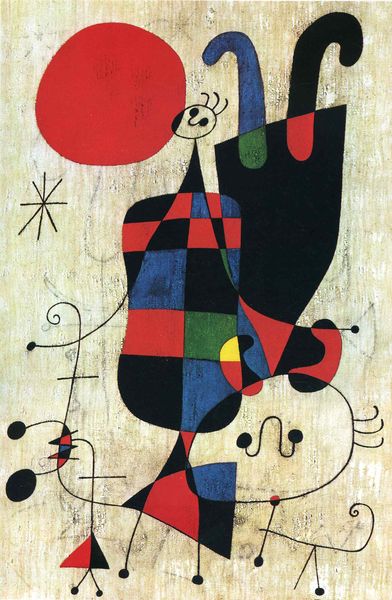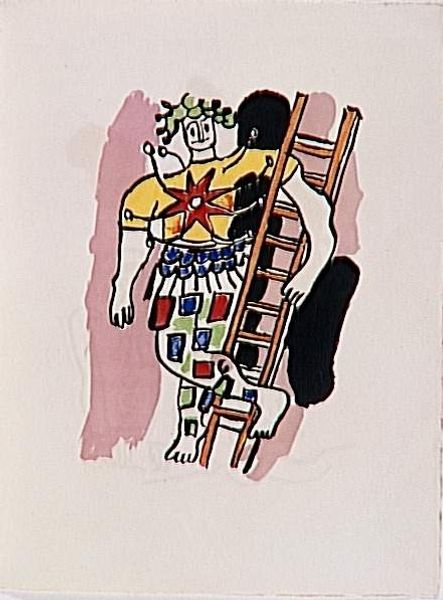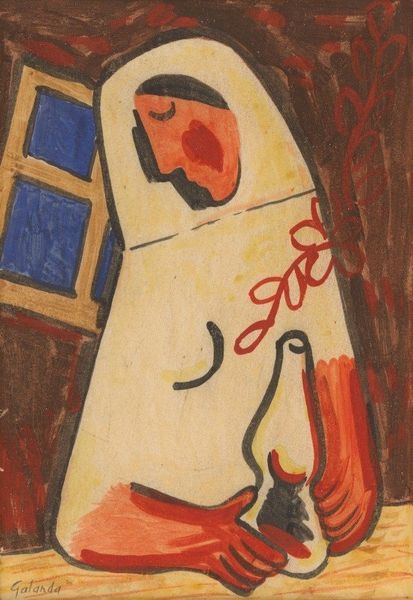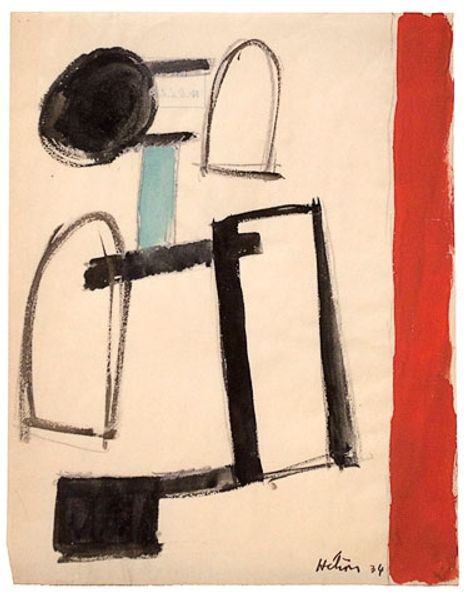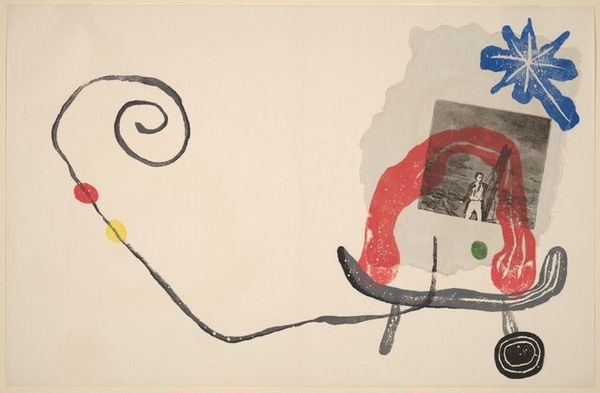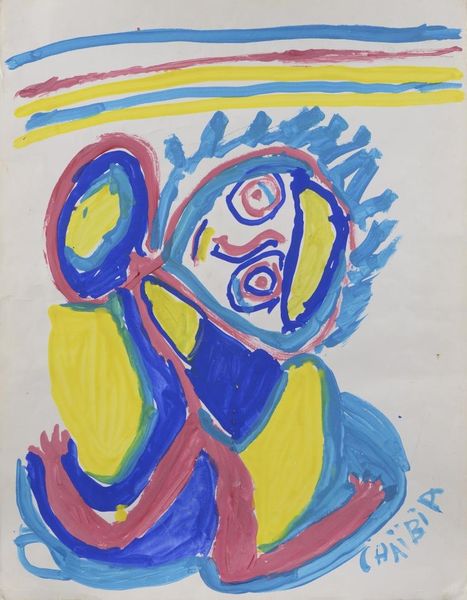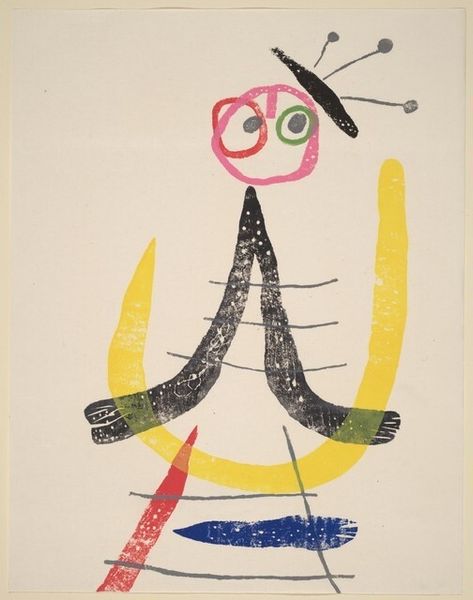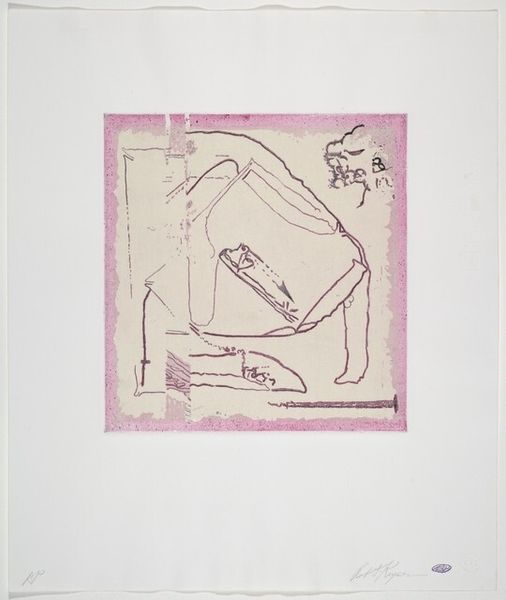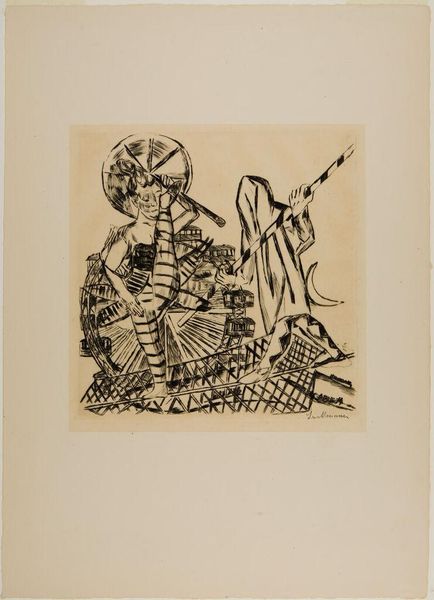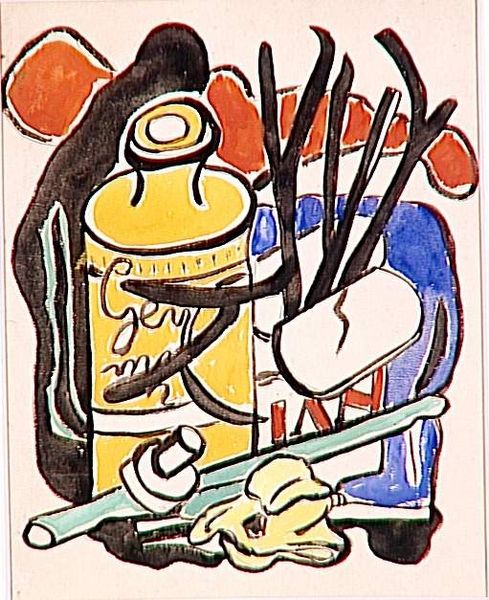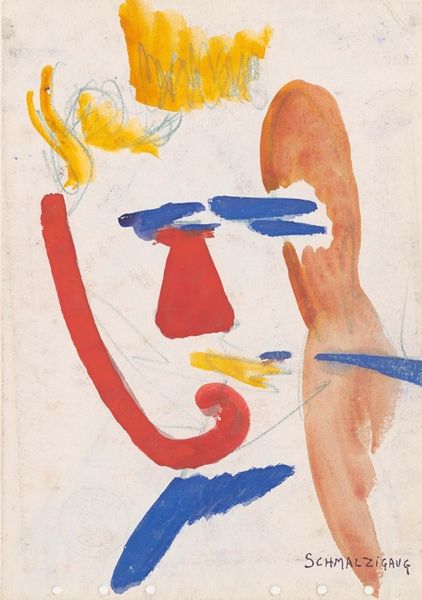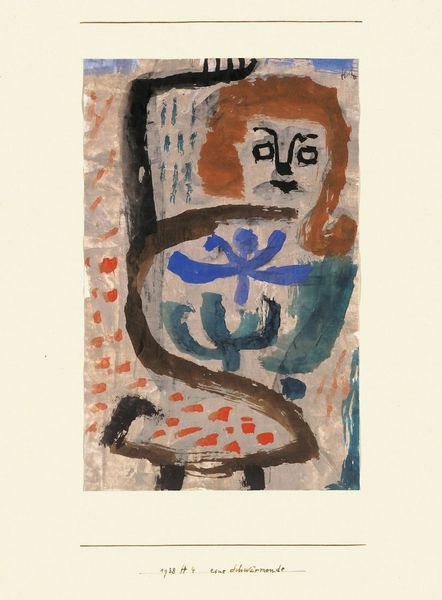
painting, acrylic-paint
#
portrait
#
cubism
#
painting
#
acrylic-paint
#
geometric
#
modernism
Copyright: Fernand Leger,Fair Use
Editor: This is "The Singer on the Radio," by Fernand Léger. It is an acrylic painting, that uses these bright primary colours in blocks and segments. I’m struck by the sort of simplified form, yet expressive mood of it. What can you tell me about it? Curator: Léger's work reflects a fascination with the dynamism of the modern world and its impact on individual lives. He’s a firm believer in art's role as an instrument of social progress. Considering Léger's focus on the dehumanizing aspects of industrial life, how do you interpret the subject and presentation of this “singer?" Does this feel like a celebration or critique of celebrity culture being propagated by this medium? Editor: Well, it feels somehow simplified and stark; more symbolic than realistic. So is he trying to take the romance away? Or present the way radio might present reality; sort of flattened? Curator: Exactly! Léger and many of his contemporaries saw Cubism and abstraction as a powerful means to deconstruct and critique established power structures. By disrupting traditional representation, they challenged conventional ways of seeing and understanding the world, inviting viewers to question the underlying ideologies embedded in art. I’m interested in how gender operates here: notice how traditional markers of femininity are absent in the figure. What statement do you think Léger might be making about the relationship between gender, labor, and technological mediation through a composition like this one? Editor: Interesting, by removing clear gender identifiers it can apply to any public figure. So it makes a bigger statement, doesn't it, beyond the particular? Thanks, I had not considered the work in that light at all. Curator: I appreciate you thinking about art in the public and the way we interact with the art we see!
Comments
No comments
Be the first to comment and join the conversation on the ultimate creative platform.

